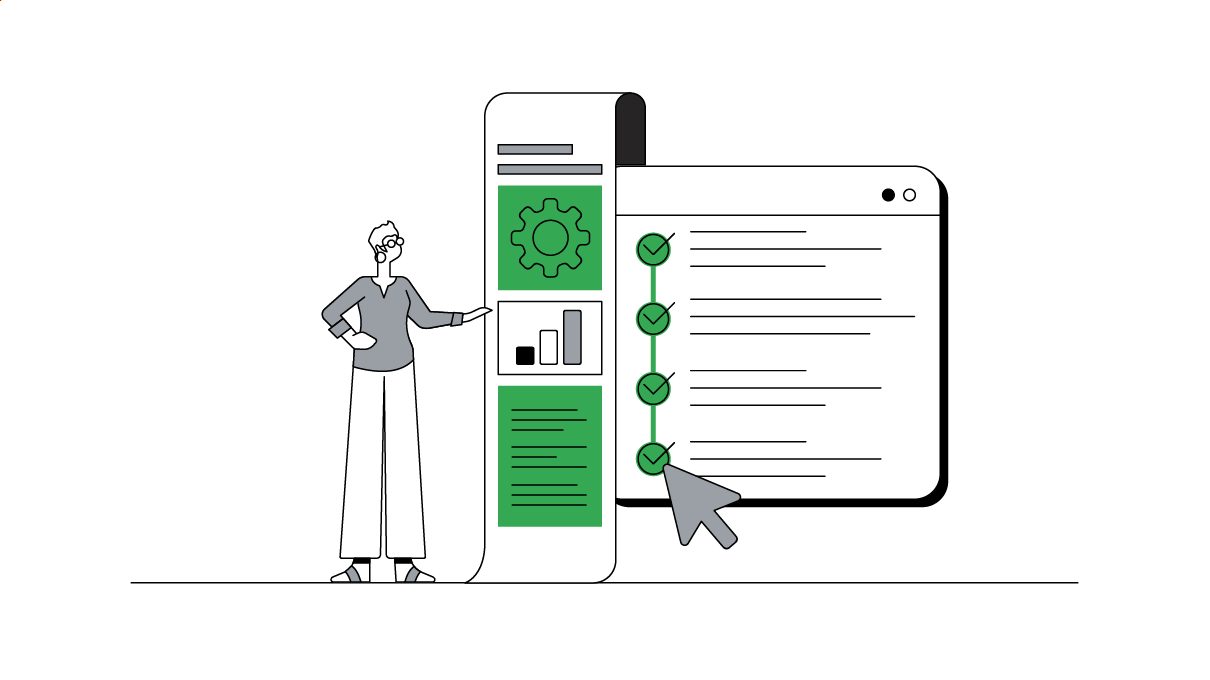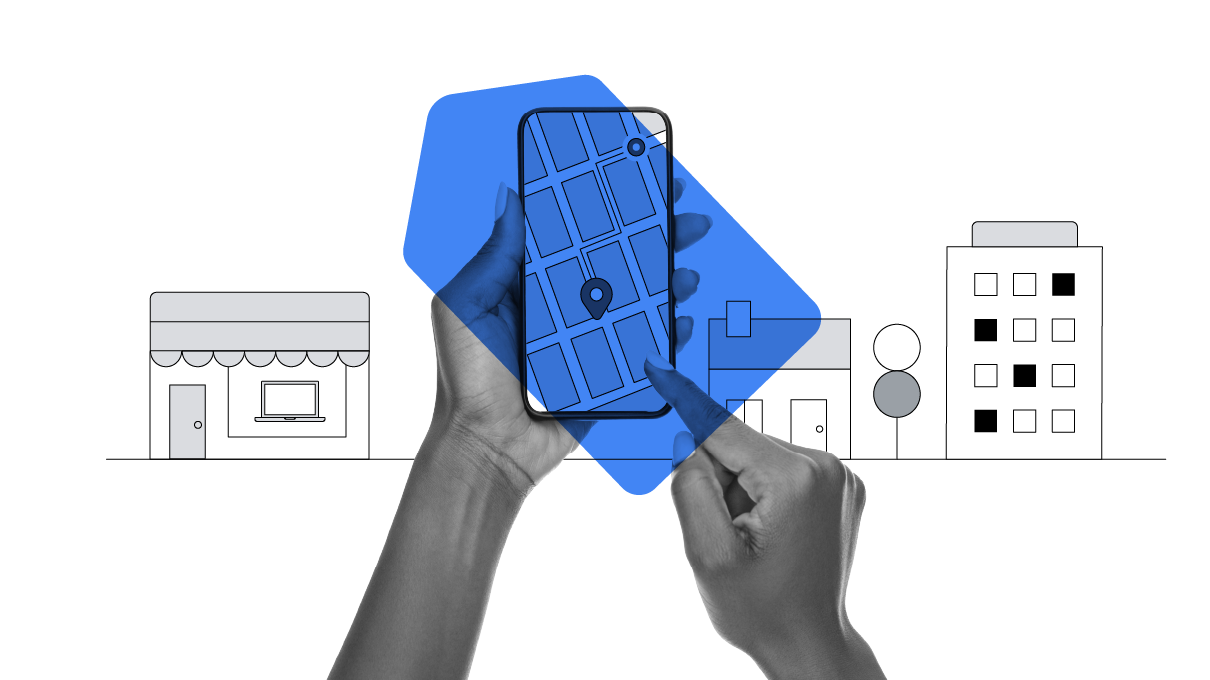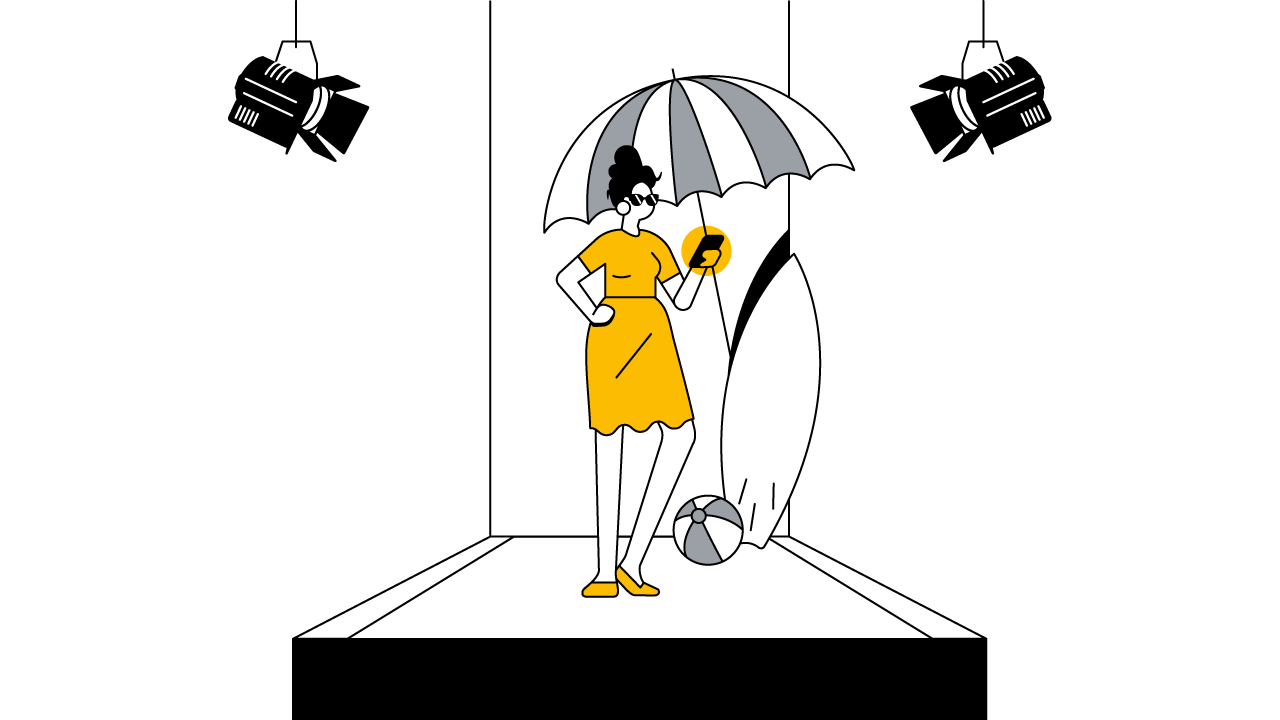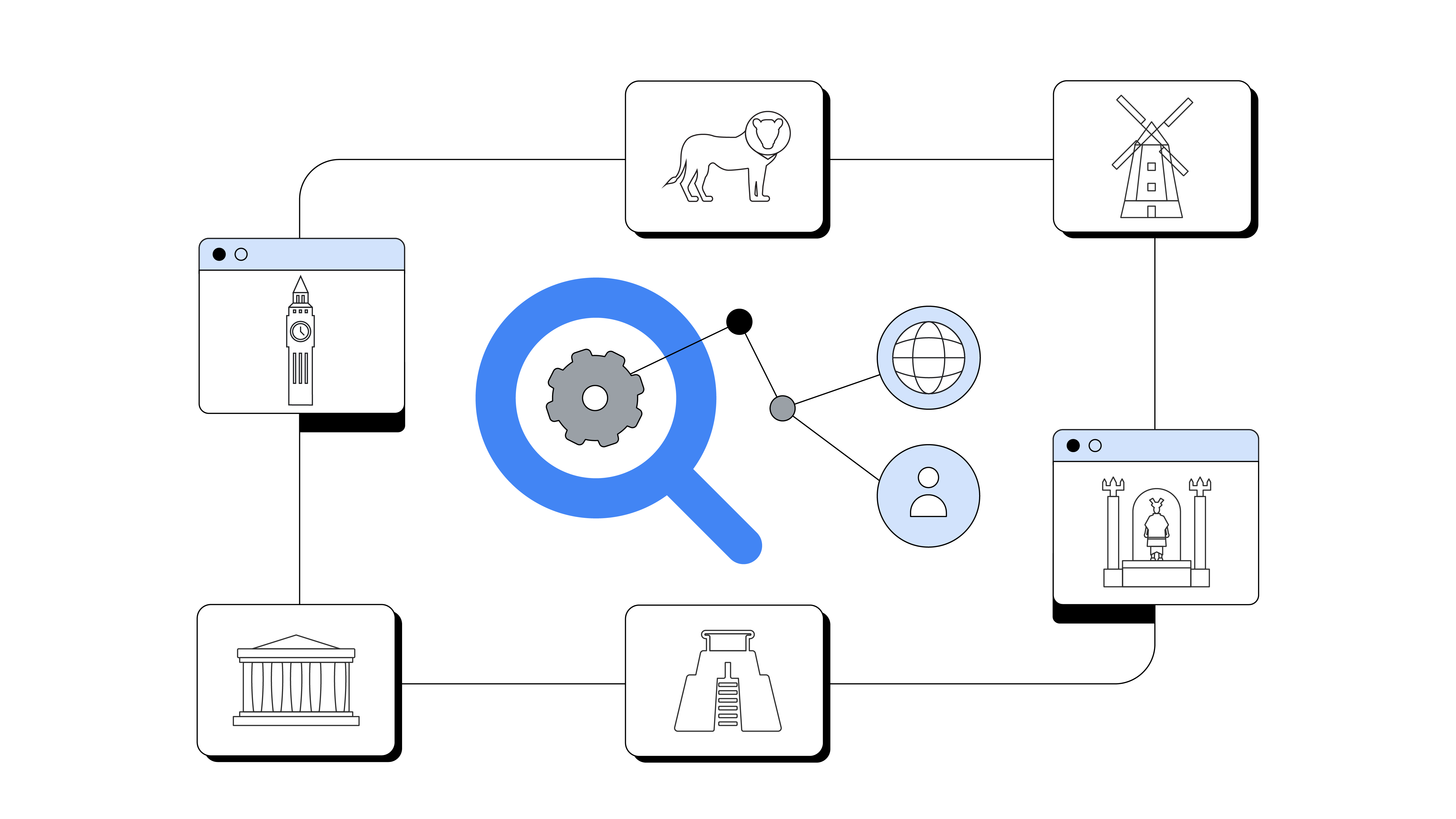Creative agency Hey Human conducted research around brand love and loyalty, and discovered that people's relationships with brands are actually not quite as simplistic as marketers previously thought. Neil Davidson, the agency's Executive Planning Director, reveals 14 relationship typologies that more accurately describe how brands fit into people's lives. For organisations today, the key to success is understanding where a brand sits in this range of relationship categories.
In marketing, it's common to talk about relationships that people have with brands as if they're parallel to human relationships. Hey Human set about trying to discover if these kinds of analogies actually fit. "Why do people buy brands that they don't love?" asks Neil. "On the flip side, why don't people always just buy brands they actually do love?"
US research revealed that the heaviest buyers of beauty products in fact show very low loyalty, regularly changing between brands and stores to get the best bargains. This fickleness is representative of what Neil calls Generation Tinder. "The important thing to think about is that Generation Tinder isn't just people in their twenties," he says. "It's more of a mindset across all consumers today who put ease, value and accessibility over brand loyalty. "
To understand brand loyalty and relationships, the industry needs to reconsider how to conduct its research. According to Neil, task-based methodologies, neuroscience and social communities provide a better reflection of what people do — not just what they say they do — than traditional approaches to market research.
Using this advanced toolkit, Hey Human discovered that people's relationships with brands aren't as one-dimensional as perhaps previously thought. Just because a consumer says she "loves" a brand, it doesn't mean the relationship is monogamous or even particularly loyal when it comes to actually making purchases.
Hey Human identified 14 different types of relationships that people have with brands: committed partnerships, enemies, best friends, dependencies, secret affairs, old pals, flings, friends with benefits, enslavements, teammates, kinship, casual acquaintances, arranged marriages and marriages of convenience.
"Brand relationships still exist," Neil explains, "but they're just not as simplistic. They might not be as deep as we want to think they are. They might be more fleeting. But actually to the people we're connecting with, they're still important." For example, a brand might be more successful as a "best friend" than as a "fling", or it may be better suited to serve as a "teammate" than one half of a "committed partnership" — and that's no bad thing.
"To survive and thrive in this world of changing relationships, brands need to understand where they sit in these 14 relationship typologies. One of the conclusions I would suggest from this research is that you can't make someone love you — but sometimes a quickie is best," he laughs.
"The winners will be brands that realise it's not just about building brand love anymore, or working to established models of loyalty. It's going to be about things that make different types of connections and build different types of relationships between brands and people."






